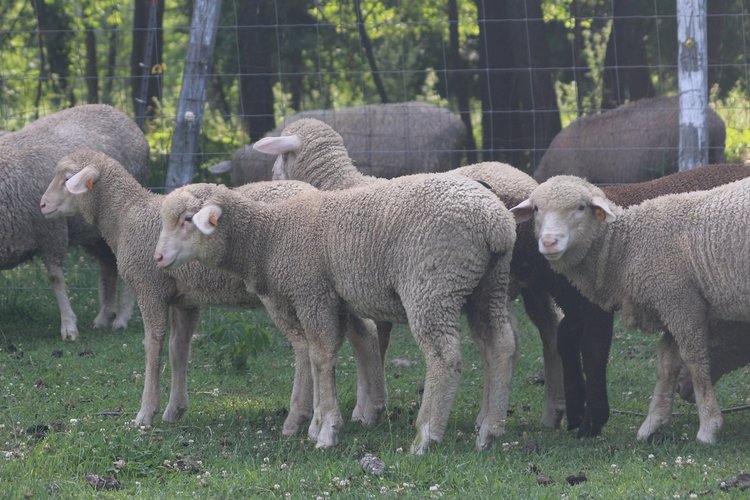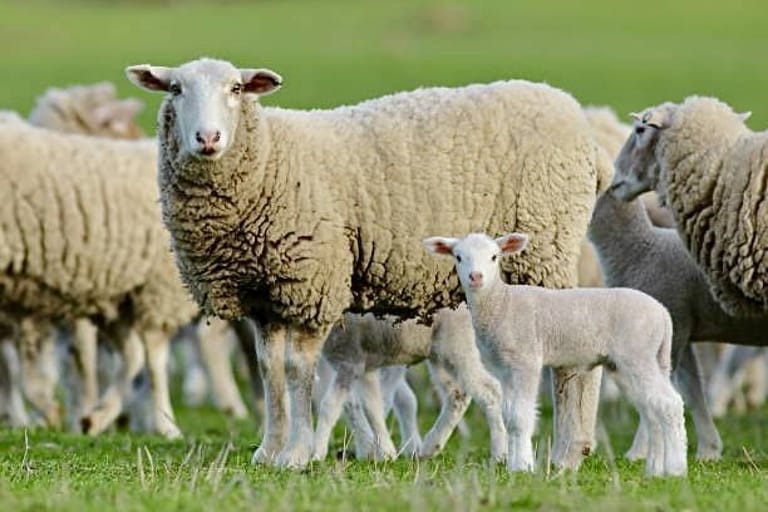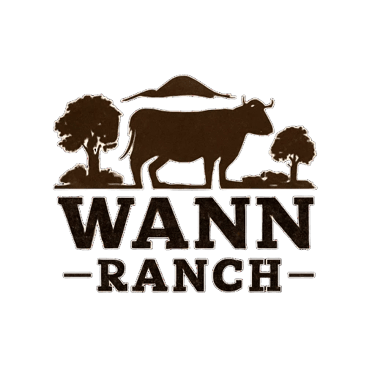
BUY MERINO SHEEP | LAMBS | EWES | RAMS
MERINO SHEEP
$150.00
Merino Sheep for Sale: A Clear, Practical Buyer’s Guide
Merino sheep sit at the top tier of wool production. Their fleece is fine, soft, breathable, and exceptionally warm—exactly what premium knitwear brands look for. If you’re exploring merino sheep for sale to start or upgrade your flock, this guide distills what matters most so you can buy with confidence.

Understanding Merino Sheep
What makes Merinos different?
Elite fleece: Merino wool is prized for fineness, softness, and temperature regulation. It’s comfortable next to skin and commands strong prices in the textile market.
Adaptable animals: Well managed Merinos perform in dry, hot, or cool environments and are commonly raised for wool; some lines also suit meat.
Deep roots: The breed traces to Spain (medieval era) and has been refined for centuries through selective breeding for finer, more uniform fleece.
Why add Merinos to your flock?
High‑value wool: Fine micron counts (often <24 µm) can attract premium buyers.
Hardiness & temperament: Calm, manageable sheep when husbandry is sound.
Income potential: Quality clip + consistent shearing schedule = dependable revenue stream.
Scales well: Suitable for first‑time owners and larger operations alike.
Where to find quality Merinos
Local farms & breeders: Visit operations that specialize in Merinos; ask to see fleece samples and records. Many also offer Merino lambs for building your flock.
Online listings & auctions: Breeder sites and platforms—such as wann ranch or other reputable marketplaces—let you review photos, pedigrees, and micron data before you travel.
Ag expos & in‑person auctions: Great for seeing animals firsthand and speaking directly with breeders about care, bloodlines, and shearing results.
Producer groups & associations: Organizations like the American Sheep Industry Association can point you to established breeders and practical resources.
Looking specifically for breeding females? Search terms like sheep ewes for sale can help surface current listings for proven or registered ewes.
What successful Merino programs do well (a quick snapshot)
Large Merino operations—particularly in Australia and New Zealand—show how disciplined selection, pasture management, and regular classing of the clip raise both fleece quality and farm profitability. The takeaway: choose carefully, manage consistently, and measure your results year over year.
Five things to check before you buy
Fleece quality
Aim for fine, uniform fiber (often under 24 microns), good staple length, low vegetable matter, and strong crimp. Ask for recent classing notes or test data.Age & stage
Lambs: Ideal for flock growth and long-term selection.
2–5‑year adults: Often peak fleece producers and can deliver immediate returns.
Health status
Request health certificates, vaccination and drench histories, foot care records, and note body condition. Observe movement, eyes, teeth, and fleece for signs of issues.Genetic lineage
Bloodlines matter. Look for families known for consistent microns, yield, and conformation. Ask about heritable traits (e.g., fleece weight, wrinkle, or horn status).Breeding potential
If expanding, review conception and lambing records. Proven breeders reduce guesswork and keep wool output steady.
Typical pricing (ballpark)
Adults: ~$300–$1,500 depending on age, fleece stats, registration, and reputation of the line.
Lambs: ~$150–$400, with pedigree and recorded microns at the higher end.
Note: Prices track wool markets, quality, and local demand; expect region‑to‑region variation.
Quick buyer’s checklist
Factor | What to look for | Why it matters |
|---|---|---|
Fleece quality | Fine, soft wool (<24 µm), good staple, clean | Drives clip value and buyer demand |
Age | Adults 2–5 years; lambs for long-term | Balances immediate yield with future growth |
Health | Vet records, vaccinations, good feet & teeth | Lowers costs and supports productivity |
Genetics | Proven bloodlines for fineness & yield | Improves uniformity and long-term gains |
Breeding | Documented conception/lambing history | Grows flock while maintaining wool supply |
FAQs
1) Where can I find Merinos near me?
Start with regional breeders, ag auctions, and association directories. Online marketplaces and breeder sites—such as Wann Ranch and similar platforms—let you compare animals before you visit.
2) How much do Merinos cost?
Adults commonly range $300–$1,500; lambs $150–$400. Exceptional genetics and tested fine microns command more.
3) Why is Merino wool so valued?
It’s soft, durable, breathable, and manages moisture and temperature well—ideal for base layers and performance apparel.
4) Can I raise Merinos for meat?
Yes. While primarily a wool breed, some Merino lines produce respectable lamb; just note they’re not typically selected as aggressively for carcass traits as terminal meat breeds.
5) What should I prioritize when buying?
Fleece stats first, then health, age, and pedigree. Confirm records and, if possible, examine the shorn fleece or certified test results.
Bottom line
If you’re scanning listings for merino sheep for sale, focus on verifiable fleece data, sound health, and proven genetics. Visit breeders (or video‑inspect), review records, and start with animals that match your climate and goals. With thoughtful selection and routine management, Merinos can anchor a profitable, resilient wool enterprise.
Wann Ranch Livestock
Buy Quality cattle, horses, livestock , chicks and hay from our Oklahoma Ranch.
Hay
Ranch
1 651-529-3443
© 2025. All rights reserved.
CATTLE & LiVESTOCK
